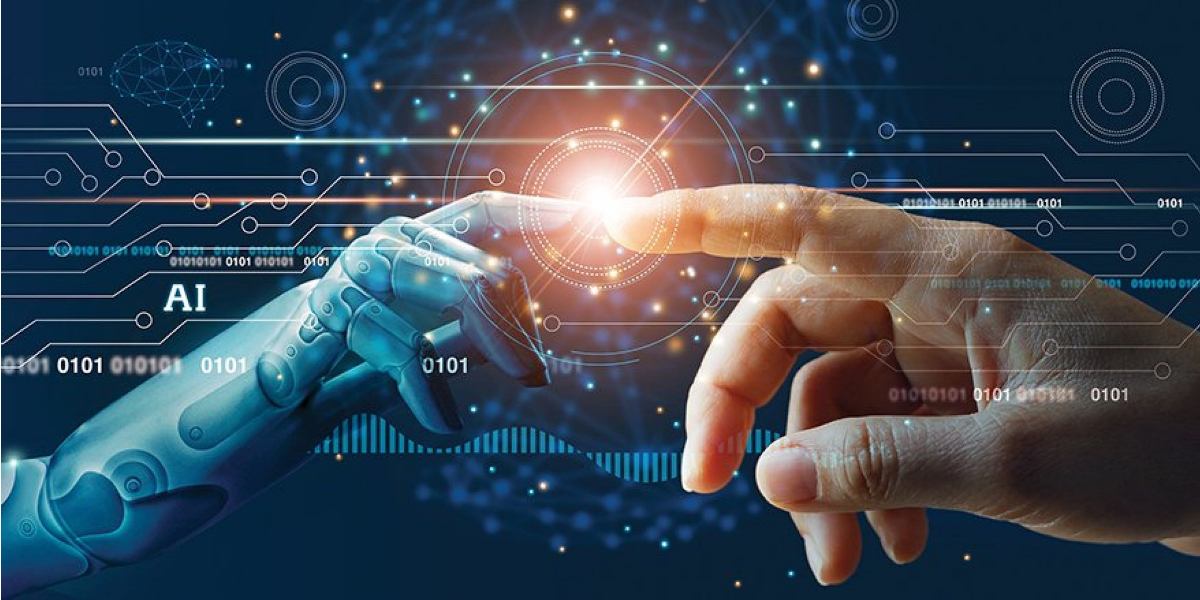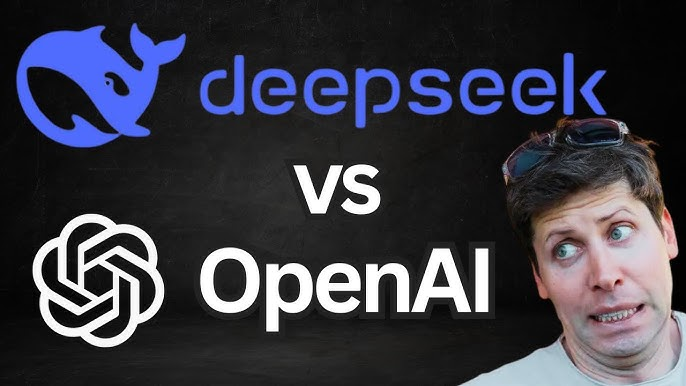Corporate AI adoption is more hype than reality. While 78% of organizations claim they’re using AI, a measly 16% of workers actually touch the stuff. Most employees remain stuck in “spreadsheet purgatory” as their companies boast about being “AI-powered.” The disconnect is striking—younger workers fear job obsolescence while CEOs plan cuts, yet most Americans report minimal AI usage at work. The truth behind the AI revolution might surprise you when you peek behind the corporate curtain.
While experts have long predicted AI’s takeover of the workplace, the revolution is happening faster than many anticipated. A staggering 78% of organizations now report using AI in 2024, up from just 55% last year. That’s the kind of growth curve that makes tech investors do backflips while HR departments scramble to update their policy manuals.
Yet despite this organizational enthusiasm, only 16% of workers actually use AI for their jobs. That disconnect isn’t surprising—companies love announcing they’re “AI-powered” even when most employees haven’t moved beyond Excel formulas. Meanwhile, 63% of American workers say they don’t use AI much or at all, and 17% haven’t even heard about AI usage at their workplace. Talk about being out of the loop.
Companies proudly claim AI adoption while most employees remain stuck in spreadsheet purgatory.
The demographic divide is real. AI users skew younger and more educated—73% are under 50, and 51% hold at least a bachelor’s degree. No shock there. What’s concerning is how anxiety about AI varies by age: workers 18-24 are 129% more likely than their 65+ colleagues to worry about AI making their jobs obsolete. The young folks might be onto something.
Industry matters too. Tech, finance, banking and insurance workers see AI creating opportunities, while others fear displacement. Many organizations struggle to implement AI effectively due to the significant talent shortage in specialized AI roles. The numbers are sobering: potentially 300 million jobs lost globally, with 60% of positions in advanced economies at risk. Data entry clerks and administrative secretaries find themselves in especially vulnerable positions as data entry jobs will see 7.5 million positions eliminated by 2027.
Workers are noticing. More than half express worry about AI’s workplace impact, and 32% believe it will reduce their job prospects. Only 6%—optimists or perhaps the blissfully naive—think AI will improve their opportunities. AI chatbots are becoming a notable tool in this transition, with 10% of workers using them daily or several times weekly.
The coming years promise dramatic change. With 375 million workers worldwide affected and skills expected to shift by 70% by 2030, we’re witnessing the beginning of a massive workforce transformation. One in four CEOs already anticipate cutting at least 5% of jobs due to generative AI in 2024 alone.
The question isn’t whether AI is running rampant—it’s whether businesses can harness this runaway train before it derails their workforce.









